Bavarian Syntax. Contributions to the theory of syntax.
Dialect syntax has proven to be an invaluable data source for theoretical syntax, and theoretical syntax has provided useful analytical tools for uncovering fascinating grammatical properties of dialects. In the 1980s, the assumption that there must be more than one structural position in the left periphery of the clause was confirmed (among others) by so-called "doubly filled COMPs" in Bavarian (e.g. the co-occurrence of a wh-phrase and a complementizer), and in the 1990s, Northern Italian dialects provided the main empirical evidence for Rizzi’s extended theory of the left clausal periphery (the so-called "Split-C-hypothesis"). Among German dialects, Bavarian played a prominent role from the beginning: in addition to doubly-filled COMPs we find phenomena such as complementizer agreement, partial pro-drop, pronominal clitics, extractions from finite clauses introduced by complementizers, negative concord, parasitic gaps, or double possessors, all of which are fascinating and highly relevant for theoretical syntax. The contributions in this volume investigate and analyze a wide range of topics from Bavarian syntax with the focus on implications for general theoretical questions. This volume is of interest for any linguist interested in syntactic theory and dialect syntax.
{{comment.content}}
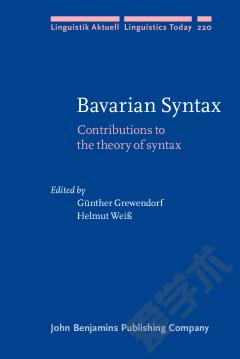

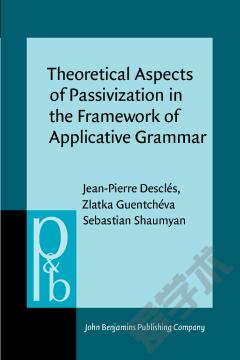
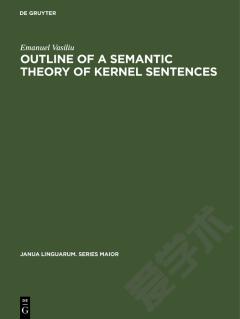
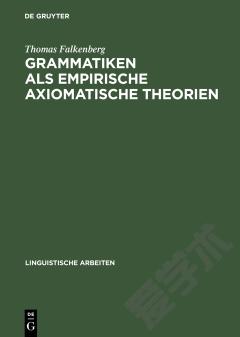
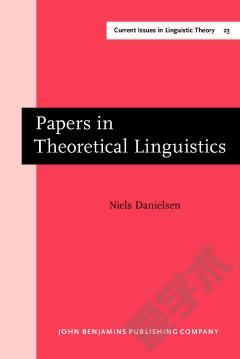
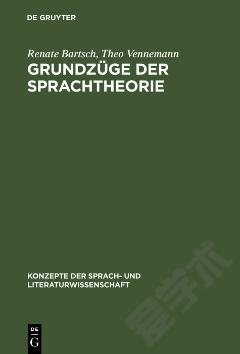

 京公网安备 11010802027623号
京公网安备 11010802027623号